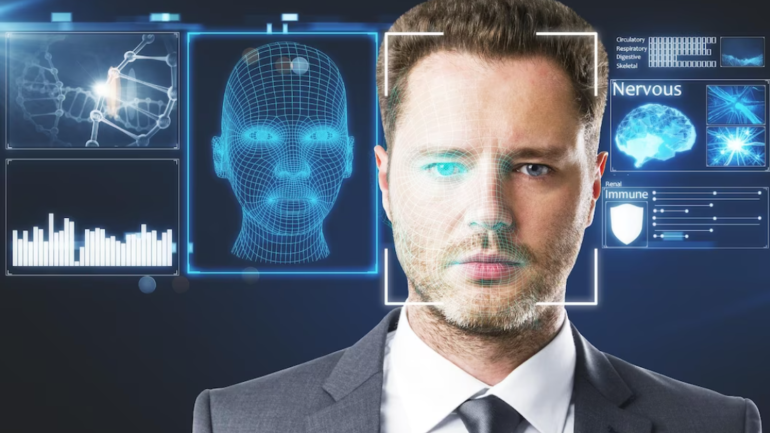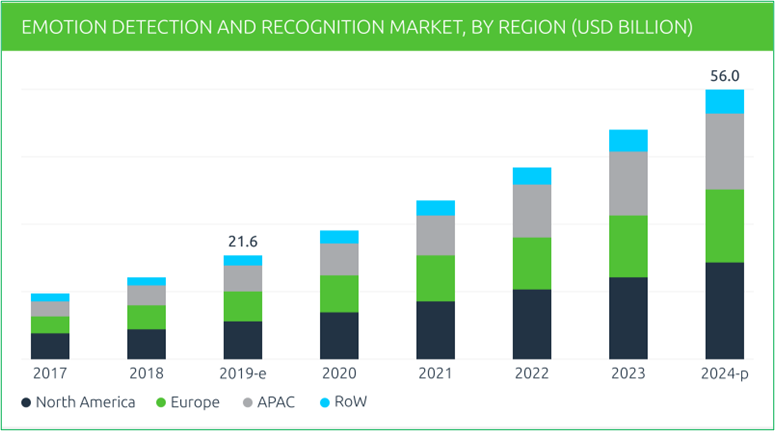Emotion Recognition Systems – An uncomfortable innovation – Part I

Employers are showing serious interest in implementing emotion detection solutions to analyse and interpret the mood of their staff. This first part explains how it works
Ever since ancient times, mind reading has been stuff of wishful human fantasy; something that promise abundant power over others if mastered. But whenever science has been harnessed in this quest, the results were mostly controversial. And now, employers are showing serious interest in implementing emotion detection solutions to assess the mood of their staff. Some HR Tech tools are already claiming of features that offer emotion recognition systems to analyse and interpret the mood of employees as they walk into their workplace.
An essential survival tool?
In the animal world, especially among the primates, interpreting what the facial expressions of other member of the species reveal about their intentions is an essential survival tool. Gauging the mood of someone who is angry would be crucial to existence in the wild. Similarly, expressions of happiness and love would convey the sense of acceptance, leading to formation of family bonding.It is just the same with humans – and with more diverse ramifications.
It goes without saying that the vocabulary of facial expression can be ambiguous at the least, and totally misleading at its worst. Human facial cues may be insincere, misinterpreted, or in some way at a tangent to their real intent. There are no consensus even among the experts on what can be the parameters to rely upon while detecting and classifying emotions.
Huge potential market
The ability to decipher the true intent and emotional response of a person from their facial expressions, notwithstanding their attempts to mask or deceive what they feel, is an evolutionary advantage that is of great interest to a wide range of sectors – and machine learning experts anticipate a lot of potential in this area, as well as huge financial possibilities.

Image source: www.iflexion.com; Data source: marketsandmarkets.com
The advent of advanced machine learning algorithms, combined with the current easy availability of a large volume of sample imagery to be used as training dataset, and immense investment interest in facial recognition technologies are pushing the boundaries fast. The market is, indeed, huge! According to data from analysts Markets and Markets, technologies based on facial expression recognition (also termed as“affect recognition”) form a significant part of the emotion recognition market, and is estimated to reach a value of US$56 billion by 2024.
Uncomfortable questions
Emotion recognition technology involves the use of biometric applications that claim to be able to infer a person’s inner emotional state from external markers like facial expressions, vocal tones, and other biometric signals. Although in theory this appears as plausible, the technology raises some uncomfortable questions. We are already aware how Google Photos, and other similar tools, struggled to cope with ethnic variations in the human face.Can this new computer vision software account for the differences in expression across race, age, gender and still be able to come up with effective emotion interpretations?
Using machine-learning techniques, emotion recognition technology classifies inner emotional states into discrete categories like fear, anger, surprise, happiness, etc. Since algorithms themselves have no innate understanding of human emotion, they would have to rely on our ability to accurately label expressions. Here comes another question: just how efficient are we ourselves in judging the expressions of a human face and correctly interpret the emotion or the intent? Any machine learning system trained on our understanding is bound to inherit our own human limitations in this respect, and such limitations may even get magnified in the system.
It is also worth noting that while interpreting facial expressions we consider much more than merely examining the pattern topography of an isolated face. A host of other situational or peripheral factors and abstract considerations concurrently run in our mind. This is something beyond an algorithm. To cap it all, privacy and governance are going to be real concerns with such a tool.
Despite concerns, emotion recognition technology has already found several genuine use cases. However, fears over possible misuse runs too great. Several Indian companies have already started installing such solutions and there are reasons to believe that many of these business leaders are considering it as an improved and evolved surveillance technology. This is dangerous for several reasons. But more about all these in Part 2.
[To be concluded]
Know more about the syllabus and placement record of our Top Ranked Data Science Course in Kolkata, Data Science course in Bangalore, Data Science course in Hyderabad, and Data Science course in Chennai.
https://praxis.ac.in/data-science-course-in-bangalore/


